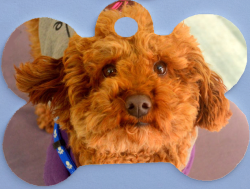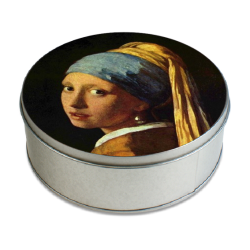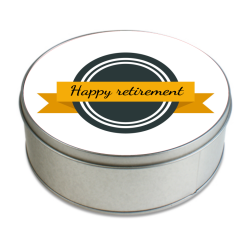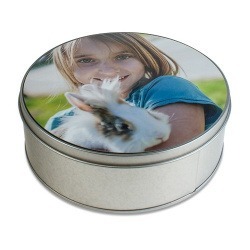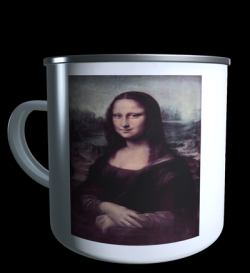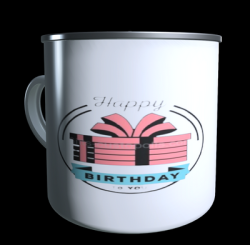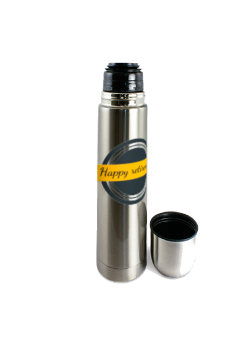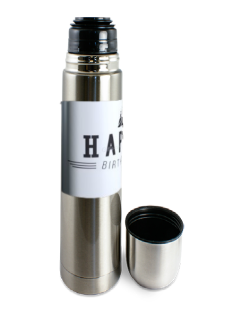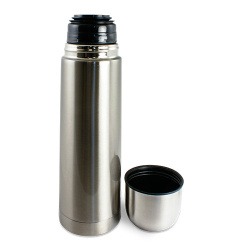Aluminum bone pendant to...
Are you looking for a nice little personalized gift, a dog birthday gift, a pet Christmas kdo idea, a personalised dog accessory? We offer you this aluminium pendant in the shape of a bone where we print for you one of your beautiful photos that you took of your puppy or your friend's dog. An original gift idea for animal friends. You can also treat yourself by hanging this small object with a pleasant design on your key ring or on your backpack. So the photo of your pet accompanies you everywhere. Your pet is part of the family and deserves all your affection. Unfortunately he could get lost during a walk. It is therefore essential to find him a dog identification tag. We can print your phone number and animal name on the bone pendant. This pendant is easily attached to your friend's collar with its connecting ring. A dog disc is reassuring to quickly find your favorite animal. In addition to being useful, this tag for the best friend of the man is pretty with its original bone shape, your doggie will be elegant and protected.






































